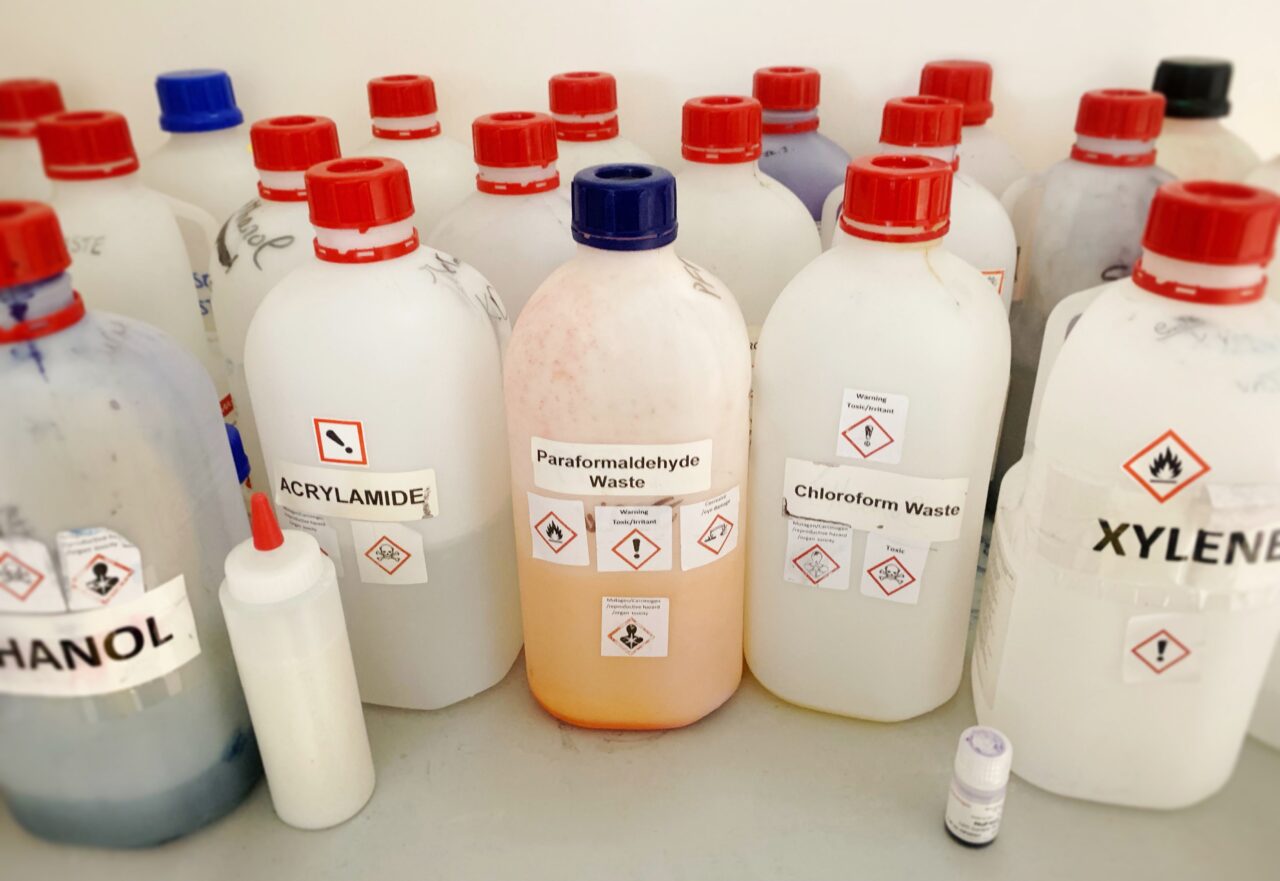

With maximum limits for Occupational Safety and Health Administration (OSHA) penalties increasing every year – currently over $15,000 for serious/other than serious citations and more than $150,000 for a repeat and willful – knowing what to do when OSHA arrives at your door is more 

Our first three threshold tips were:
Warning: Undefined variable $posClass in /home1/mjhnewsc/public_html/wp-content/plugins/ap-plugin-scripteo/lib/functions.php on line 1078
- Part One (previously published here): Don’t permit OSHA to interview any manager or supervisor on the day the agency arrives.
- Part Two (previously published here): Don’t give federal OSHA any documents other than your OSHA 300 logs, 300A summaries, 301 forms, and relevant safety data sheets (SDS) on the first day of the inspection.
- Part Three (previously published here): Limit the area seen by taking the inspector by only taking them straight to and straight from the area of the referral, complaint, or even the pertinent area of an emphasis program inspection.
Warning: Undefined variable $posClass in /home1/mjhnewsc/public_html/wp-content/plugins/ap-plugin-scripteo/lib/functions.php on line 1078
And now, our fourth – and final threshold tip or “Part Four” is: Ensure your employees are refraining from any highly hazardous activities occurring while OSHA is present. High-hazard activities will draw the attention of inspectors and could prolong or redirect the focus of the inspection, leading to additional citations.
Warning: Undefined variable $posClass in /home1/mjhnewsc/public_html/wp-content/plugins/ap-plugin-scripteo/lib/functions.php on line 1078
Why Not Have Hazardous Work Activities Occurring During OSHA’s Visit?
OSHA inspections are 4th Amendment searches subject to the constitutional “plain view” doctrine. While walking through your workplace, any violation that an inspector sees may result in additional citations or expand the inspection scope to include portions of your safety program not within the original focus of the investigation.
You are not attempting to hide anything from the inspector. However, controlling hazards in your workplace in real-time – those occurring while you are walking around the site with the OSHA inspector – is nearly impossible. To minimize the chances of OSHA adding additional citations is expanding the scope of the inspection, limiting to the extent reasonably possible the number of potentially hazardous activities taking place at the site while an agency representative is present.
Taking the time to minimize these hazards offers benefits:
Preventing Scope Creep – Many OSHA inspectors will expand their inspection to include other hazards when visible in the workplace. Agency inspectors are legally permitted to expand their inspections when they view a violation in the workplace. Still, many will also attempt to expand the scope when they see a hazard or potential hazard. Having potentially hazardous activities ongoing during OSHA’s visit could lead to additional citations.
Preserving Time and Resources – OSHA may conduct a walkaround of your site lasting less than 30 minutes, several days, or even weeks, depending on the nature of the inspection. As noted during our third edition of the “Focus 4” series, take the OSHA inspector straight to the area of the complaint, referral, or emphasis program, forming the basis of the inspection. If you take them to other areas of the facility where hazardous conditions may be present, many OSHA inspectors will expand the scope of the inspection to include that area as well, leading to a longer, more extensive inspection.
What’s An Example of a Hazardous Activity That is a Common Reason Why OSHA Might Expands Its Inspection?
It is common for OSHA to expand the scope of their inspection of a worksite when they discover potentially dangerous conditions due to the use of hazardous chemicals, which is a common and potentially dangerous practice in many healthcare facilities. It requires proper personal protective equipment, training, use and availability of chemical safety data sheets, and other precautions to avoid injury. If feasible, don’t have employees openly handling hazardous chemicals within plain view while OSHA is present.
Conclusion
Texas employers are subject to federal OSHA inspection procedures and requirements. Thus, healthcare facilities within the state must be fully prepared and understand their rights when OSHA shows up at their door. The above discussion should serve as an essential reminder to the state’s healthcare employers to be aware of what is taking place at the facility to ensure there are no high-hazard activities taking place that will draw the attention of inspectors and could prolong or redirect the focus of the inspection, leading to additional citations.


